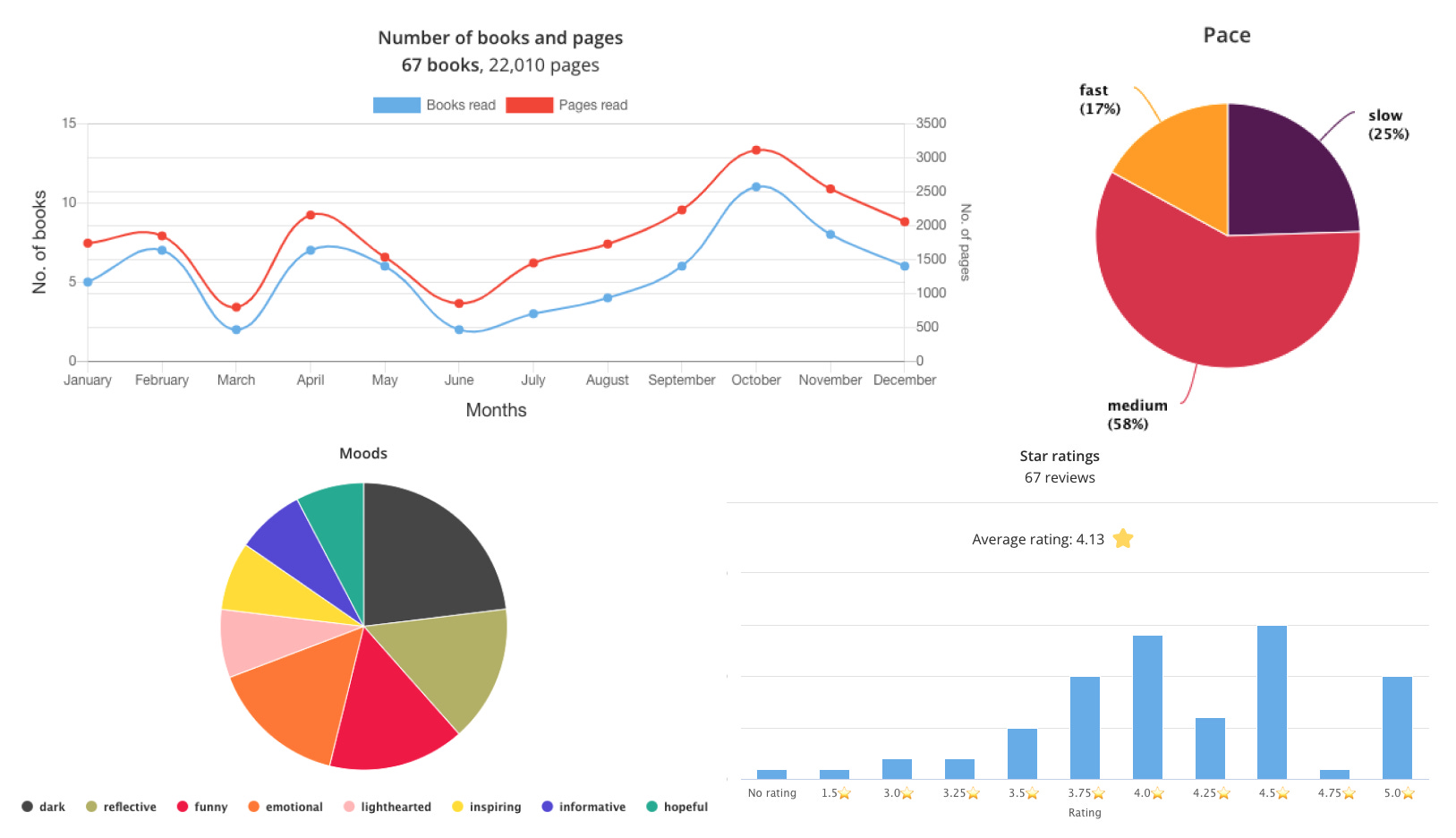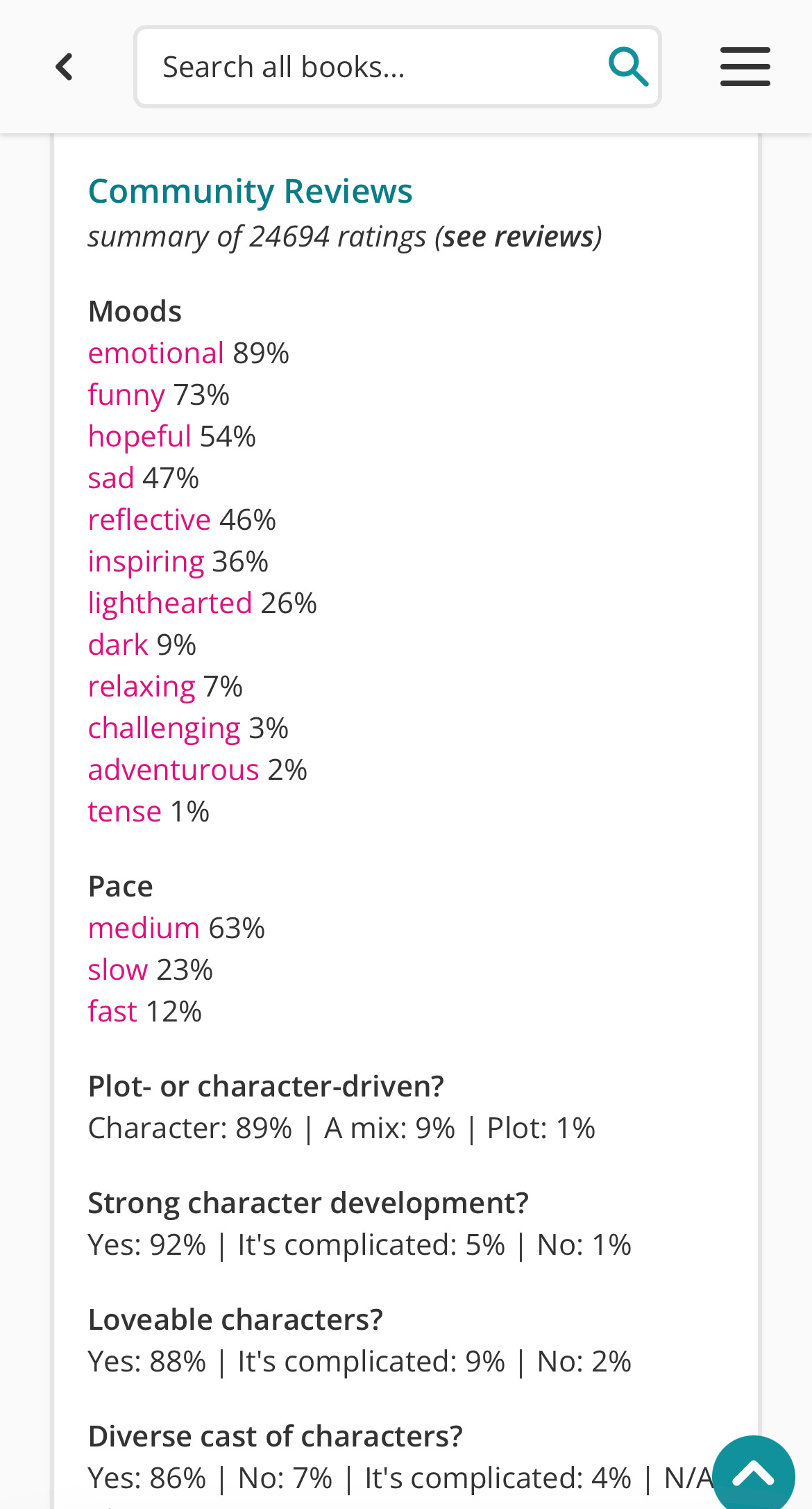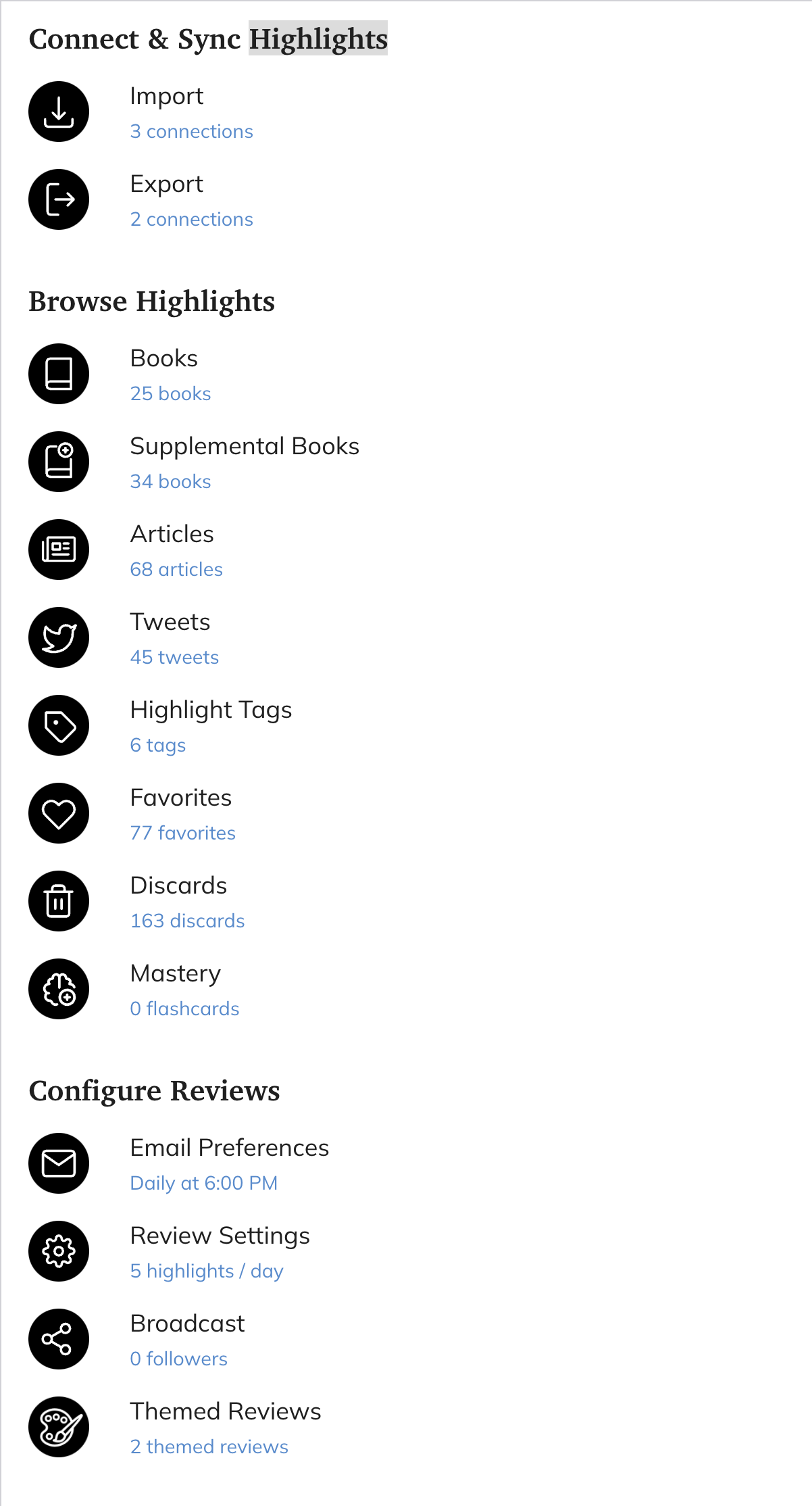Make it a habit
Read for at least 15 or 30 minutes every day.
- Even on bad days, I try to do at least 20 minutes of reading.
- On good days, it’s however much I want to.
Habit stacking. Associate and Incorporate reading into things you already do.
- Going to bed to sleep → Make reading a part of your winding down process before sleeping
- Going for a sunlight exposure walk in the morning → Listen to audiobooks or read.
- Commute → Listen to an audiobook
- Hitting the social media time limits → Read
Make it a priority and schedule time for reading. If you think you’ll have time on some day or weekends, just block that time for reading in your calendar.
General tips
Explore Audiobooks, EBooks, and plan to buy a Kindle if you can afford it. The convenience of a Kindle is second to none. These two things made a huge improvement to my reading habit.
Set a yearly challenge in GoodReads/Storygraph. The “number” is not actually important but the actual goal will drive you to read more. Track the books you’re reading in GoodReads/Storygraph.
- You can update the progress on the books you’re reading and you can also jot down the thoughts you have at that point.
- Add the books you want to read to your TBR list. Whenever you come across a book or you get recommended something, just add it to your TBR.
- Prioritize your TBR so you know what to read next. GoodReads has priority numbers for your “To Read” list. I have about 600 books on this list but the top 50 are sorted by priority. This makes it easier to pick up the next books.
- You can also organize your books into different shelves
- Another advantage of tracking is you get some cool stats to share.

⠀Read multiple books at a time. Once you start doing this, you never want to go back to reading only one book.
- If you’re beginning, you can start with one fiction and one non-fiction.
- I try to limit fiction to 1 or at most 2 as I want to be more familiar with that fictional world. But for non-fiction, I can do 4 or 5 at a time without any issues.
⠀Drop books if you’re not enjoying them. Reading shouldn’t feel like a chore. You can always come back to them later or not. Have your comfort books, authors, and genres whatever it may be. These will help you get out of a reading slump.
Choose the books wisely
If you’re just a beginner, don’t choose challenging books. Go for fast-paced and light reads first and once you’re comfortable, you can go for challenging books.
- How I do know if a book is challenging or not?
StoryGraph is fantastic for this. It displays a lot of useful book information when you search for that book. You can gauge if it’s your cup of tea from here. They also have a content warnings section that can be useful if you want to avoid certain topics or triggers.

- Use the Storygraph filter feature to narrow down the books you want to read based on book type, genre, book size, pace, and moods.
- Check ratings/reviews in GoodReads/Storygraph if you’re not sure about the book. Ratings are not always 100% reliable. But I personally found that if a book is rated below 3.5 in Goodreads, it’s probably a bad book and if it’s rated above 4 it’s probably a decent book.
- How long to read~ can give you a ballpark range of how long it will take you to read a book based on your reading speed. This is helpful for choosing between multiple books if time is a factor for you.
Make the Algorithms work for you
Sprinkle reading-related stuff into your social media consumption. Killing two birds with one stone.
- Follow Booktubers you like on Youtube.The Youtube algorithm works like a wonder sometimes. You get interesting videos and a lot of recommendations for your TBR.
- Follow your favorite authors, bookstagrammers, and reading-related accounts on Instagram.
- If you watch Reels, like the ones related to reading and the algorithm will serve you with similar ones.
- Follow these fantastic subreddits related to books. There are some great conversations in these subreddits.~r/books~r/suggestmeabook~r/BooksThatFeelLikeThis~
Cutting out social media entirely is a pipe dream for me and I’m not even sure if I want to do it. So I make sure the algorithm serves me a bit of content I’m interested in consuming.
What I do after finishing a book
In GoodReads, I mark it as finished, rate the book and review it with my thoughts. Sometimes I add the book to different shelves like #revisit-in-the-future, #all-time-favorites, #read-in-2022.
If I really loved the book, I try to find interesting Reddit threads, Youtube discussions/reviews, and Podcasts about the book to consume them. I also try to have conversations with others who read the book. I also get a lot of recommendations throughout this process which get added to my TBR.
If I’m reading from the Kindle, my notes automatically get synced to Readwise. If not, I sync those notes from other sources. Then Readwise will resurface these notes randomly in my daily reviews so that I won’t forget the stuff I want to remember.
How to remember what you read
Spaced Repetition and Active Recall: These two techniques are essential for solidifying any sort of information in your brain. So, use these techniques to revisit the books you loved especially non-fiction. You can search on youtube to learn more about these topics if you’re not aware.
Readwise implements these wonderfully and it has been a great companion app/website for me. I use it as my knowledge repository or the second brain. I add all the notes from the books I read, some important tweetstorms, articles, and other stuff from Reddit.
 Whenever I want to revisit something, I first check Readwise and then go to the actual resource if I don’t find what I want in Readwise.
Whenever I want to revisit something, I first check Readwise and then go to the actual resource if I don’t find what I want in Readwise.